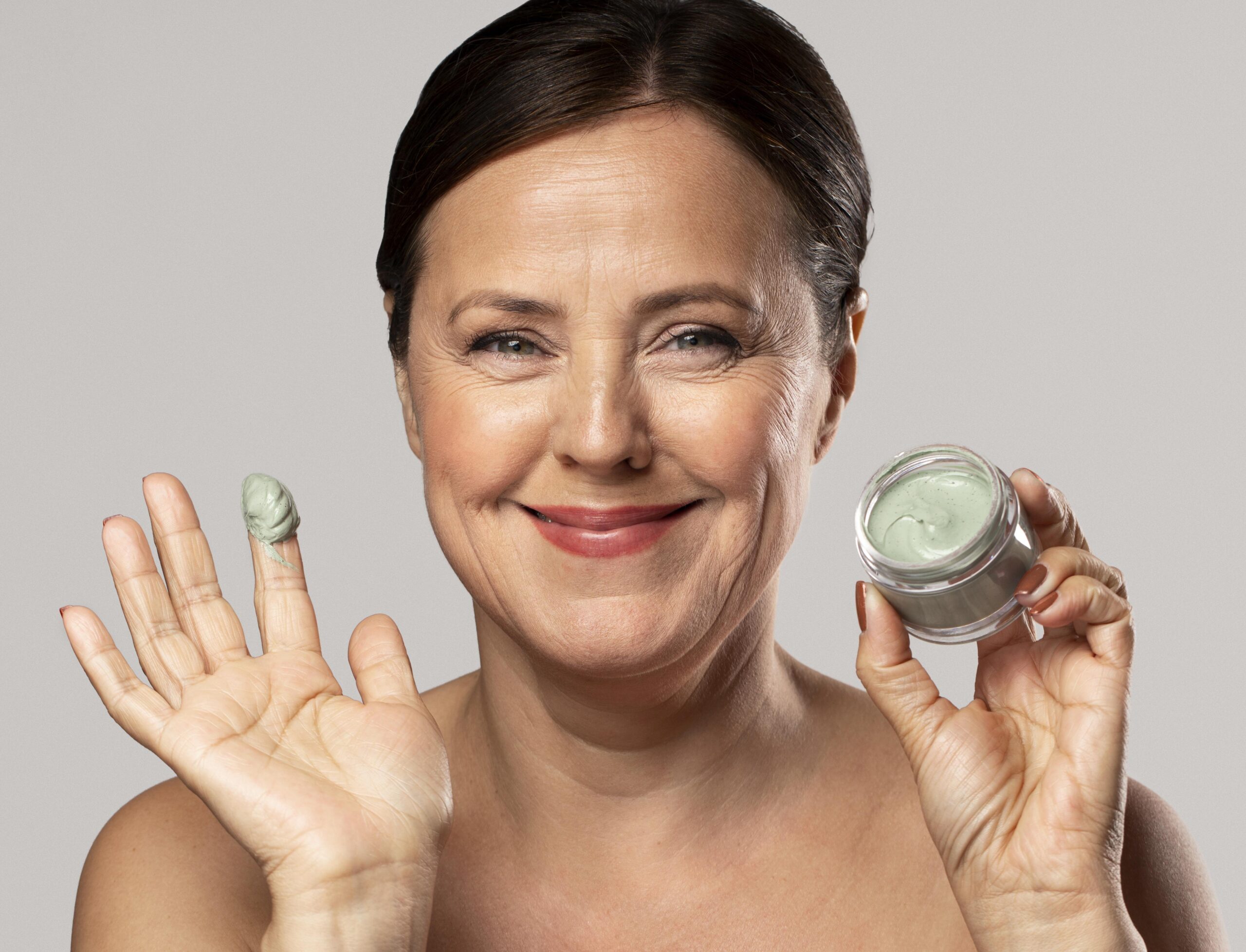The Rising Demand for Anti-Aging Face Creams
In the world of beauty and skin care, anti-aging face creams have gained immense popularity as individuals seek to maintain youthful and radiant skin. These creams are designed to combat the visible signs of aging, such as fine lines, wrinkles, and uneven skin tone.
Market Projection: Growth and Forecast
According to a report published by Virtue Market Research, the Global Anti-Aging Face Creams Market was valued at USD 38.56 billion in 2022 and is projected to reach a market size of USD 56.02 billion by 2030. Over the forecast period of 2023-2030, the market is projected to grow at a CAGR of 4.78%.
Market Drivers: Factors Contributing to Market Growth
– Increasing Aging Population: The long-term market driver that has significantly contributed to the growth of the anti-aging face creams market is the increasing aging population. With a rise in life expectancy and a growing elderly demographic, the demand for effective and reliable anti-aging solutions has surged. Consumers across different age groups are becoming more proactive in their skincare routines, seeking products that can slow down the aging process and maintain youthful skin.
– Impact of COVID-19: The COVID-19 pandemic had an impact on the beauty and skincare industry, including the anti-aging face creams market. As lockdowns and social restrictions were implemented, consumer priorities shifted, and discretionary spending on non-essential products, including skincare, experienced a temporary decline. Nevertheless, the market showed resilience as individuals continued to prioritize self-care, leading to a rebound in demand post-pandemic.
– Growing Awareness of Environmental Factors: A short-term market driver that has influenced the demand for anti-aging face creams is the increasing awareness of the harmful effects of environmental factors on the skin. Factors such as pollution, UV radiation, and free radicals contribute to premature aging and skin damage. Consumers are now more conscious of protecting their skin from these external aggressors and are actively seeking face creams with potent antioxidant properties and SPF protection.
– Trend towards Clean and Natural Beauty: The growing popularity of clean and natural beauty products has created an opportunity for companies to introduce organic and chemical-free anti-aging face creams. Consumers are now inclined towards eco-friendly and sustainable skincare options, and manufacturers are leveraging this trend by formulating products with natural ingredients, free from harmful chemicals.
– Personalized Skincare Solutions: One prominent trend observed in the industry is the focus on personalized skincare solutions. With advances in technology, companies are now offering personalized anti-aging face creams tailored to individual skin types and concerns. Customized products cater to consumers’ specific needs, providing a more effective and satisfying skincare experience.
Segmentation Analysis: Understanding Market Segments
The Global Anti-Aging Face Creams Market segmentation includes:
By Distribution Channel
- Hypermarket & Supermarket: Hypermarkets and supermarkets dominate the segment. These retail giants offer a wide range of beauty products, including anti-aging face creams, making them easily accessible to a vast consumer base.
- Pharmacy & Drug Stores: Pharmacy and drug stores are also prominent players in distributing anti-aging face creams. Consumers often seek the guidance of pharmacists and skincare experts in selecting the right products for their specific needs.
- Specialty Store: The specialty store segment is the fastest growing during the forecast period. These stores cater exclusively to beauty and skincare products, offering a curated selection of high-quality anti-aging face creams to meet the demands of discerning consumers.
- Online: With the advent of e-commerce, online platforms have witnessed significant growth in the distribution of anti-aging face creams. Consumers can conveniently browse and purchase products from the comfort of their homes, making online channels a preferred choice for many.
- Others: The Other segment includes various retail outlets and small businesses that contribute to the overall distribution of anti-aging face creams.
Regional Analysis: Key Market Regions
The anti-aging face creams market spans across different regions, with each region contributing to its growth and development.
– North America: North America is a significant market for anti-aging face creams, driven by a health-conscious population that values skincare. The region’s extensive research and development efforts contribute to the formulation of innovative and effective products.
– Europe: Europe is also a key player in the market, boasting a well-established beauty industry and a growing demand for natural and organic skincare solutions.
– Asia-Pacific: The largest segment in terms of region, Asia-Pacific, is home to a vast consumer base and a thriving beauty culture. The region’s focus on skincare rituals and traditional remedies contributes to the market’s growth.
– Central and South America: Central and South America emerge as the fastest-growing region in the forecast period, driven by a growing awareness of skincare and the rising popularity of anti-aging face creams.
– Middle East and Africa: The Middle East and Africa region also play a role in the market, with an increasing emphasis on beauty and grooming.
Latest Industry Developments
– Companies in the anti-aging face creams market are continuously investing in research and development to create innovative formulations and incorporate cutting-edge ingredients. Recent developments have seen a surge in the use of natural and organic components, such as plant-based extracts and essential oils, which resonate with the growing consumer preference for clean beauty products.
– With the rise of e-commerce and online shopping, companies are increasingly focusing on digital marketing strategies to enhance their market share. They are leveraging social media platforms, influencer marketing, and targeted advertising to reach their target audience effectively. Additionally, many brands are expanding their online presence by launching their own e-commerce platforms or partnering with established online retailers.
– Personalization has become a significant trend in the beauty industry, and anti-aging face cream companies are following suit. By offering personalized skincare solutions tailored to individual needs and concerns, companies can build stronger customer loyalty and brand advocacy.
Conclusion
As the global anti-aging face creams market continues to grow, companies that embrace innovation, personalization, and sustainability will likely thrive in the competitive landscape. With the increasing focus on self-care and skincare, anti-aging face creams are poised to remain in high demand as consumers seek effective and reliable solutions to maintain their youthful glow.





